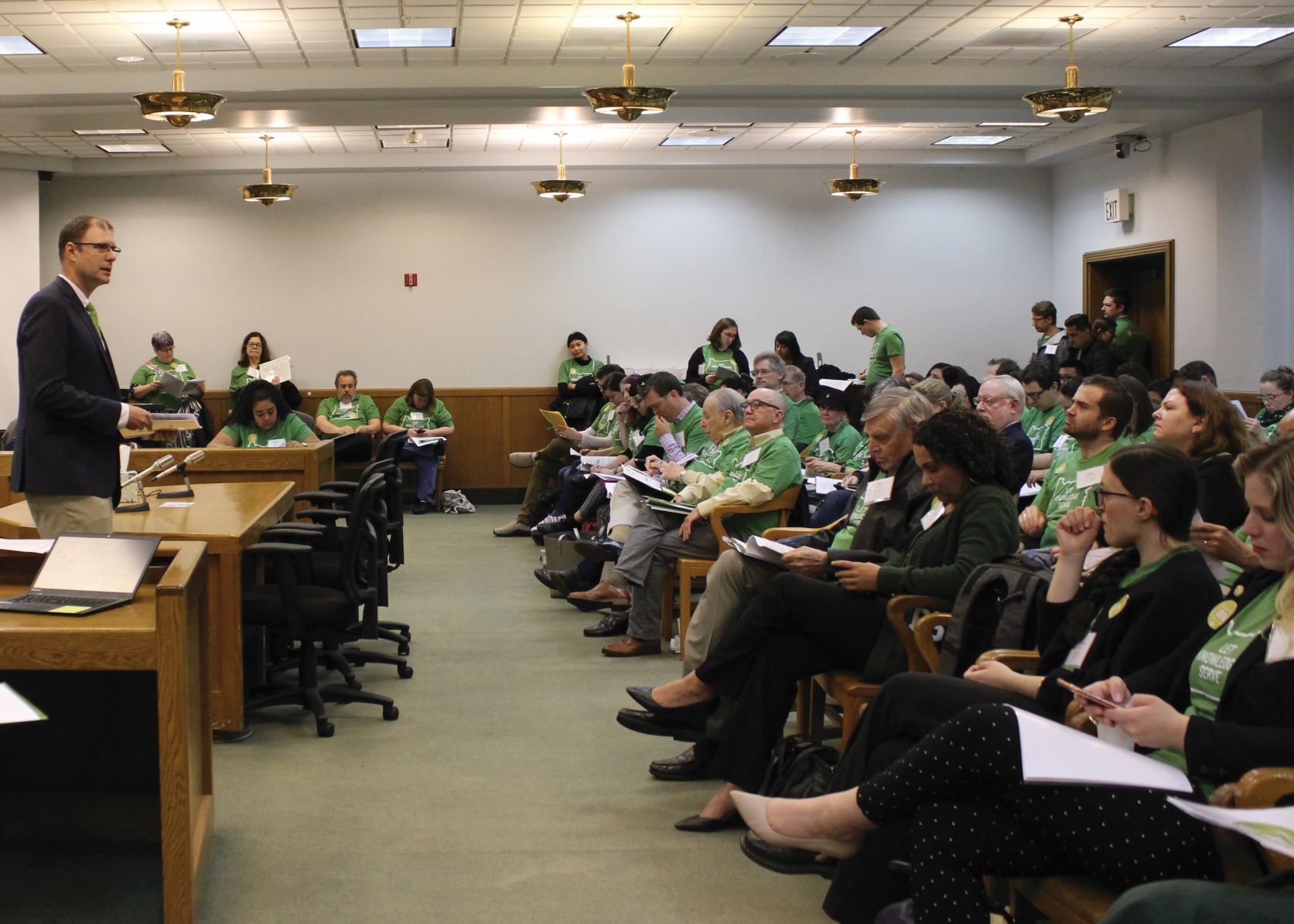The assassination of Iranian General Qasem Soleimani precipitated a swell of media reports concerning tensions between the United States and Iran.
A more detailed timeline of U.S.–Iran relations showing key events are highlighted which contextualize the antagonisms unfolding today.
Historical Background
Mohammad Mosaddegh was appointed Prime Minister of Iran in April 1951. Challenging monarchical power and limiting British corporate control of Iranian oil reserves, Mosaddegh pursued democratization, collectivization of agricultural production, public education and land reforms. In May 1951, he nationalized Iranian oil production, expelling foreign corporate representatives from the country.
Sensing Mosaddegh’s commitment to resisting foreign influence, the U.S. and Britain organized a coup d’état in August 1953, successfully overthrowing Iran’s parliamentary government and reasserting the monarchical power of Shah Mohammad Reza Pahlavi. The Shah, who was sympathetic to British and American economic interests, held power until the late ‘70s.
The overthrow of Mosaddegh has continued to impact Iranian and U.S. relations today, creating a mindset of distrust of the western world and with it an opposition to U.S. intervention, according to Iran’s George Washington: Remembering and Preserving the Legacy of 1953.
From December 1978–January 1979, a revolution against the U.S.–backed government shook Iran, culminating in the deposition of the Shah.
Following the revolution, Iranian Supreme Leader Ayatollah Khomeini severed ties with the U.S. Later that year, a group of student rebels invaded the U.S. embassy in Tehran, taking hostages and beginning a high-profile occupation which set the tenor and agenda of U.S.–Iran relations through the mid-1980s, according to BBC.
In the ‘80s, U.S.–Iran relations were tightly linked to events unfolding on the other side of the world in Nicaragua. In 1980, President Jimmy Carter approved CIA support for right-wing militia groups fighting to overthrow the leftist Nicaraguan government.
In the following years, CIA maneuvers in Nicaragua grew increasingly high profile and violent as a United Press International article published in 1984 reported, “the CIA is actively directing the laying of mines that Nicaragua says have hit at least seven ships in its harbors,” provoking backlash from Democrats in Congress in spring 1984. This backlash culminated in the passage of two congressional amendments, the Boland Amendments, which placed strict limits on U.S. intervention.
At the same time, the U.S. was brokering a covert arms deal with Iran. U.S. arms were to be sold to Israel and passed onto Iran in exchange for the release of American hostages held in Lebanon.
The transfer of U.S. weapons to Iran was in strict opposition to official U.S. policy. But by the mid-‘80s, the U.S. was engaged in direct, unauthorized arms sales to Iran without congressional knowledge or approval. The multi-million dollar markup on the arms was diverted to illegally fund anti-government operations in Nicaragua, a scandal which later became known as the Iran-Contra Affair.
Following the scandal, tensions persisted. On July 3, 1988, the U.S. Navy shot down Iran Air Flight 655, killing all 290 civilian passengers on board, including 66 children, according to CNN. The U.S. government never admitted legal liability or formally apologized to the Iranian government or people for the incident, although a financial settlement was reached in 1996.
More Events
Throughout the mid-2000s, Iran was rebuked for pursuing plutonium and uranium enrichment. In 2006, Iranian President Mahmoud Ahmadinejad insisted that the Iranian nuclear program was intended for civilian energy production, and the following year, a U.S. report found that Iran had stopped developing nuclear weapons in 2003, according to a timeline of Iran’s modern history published by PBS.
In 2015, concern over Iran’s nuclear operations culminated in the ratification of the Joint Comprehensive Plan of Action, commonly referred to as the Iran nuclear deal. This agreement was brokered by Iran, the European Union, and the United Nations Security Council, to which the U.S. is party.
In May 2018, President Donald Trump announced the U.S. would withdraw from the agreement, drawing criticism from the international community and stoking tensions between the two countries by instating stiff economic sanctions, as reported by BBC.
In early summer 2019, six oil tankers were attacked by unidentified operatives in the Gulf of Oman. Iran denied responsibility for the attacks and all official investigations have proven inconclusive. Nevertheless, the U.S. and its allies attributed the attacks to the Iranian Revolutionary Guard Corps, a division of the Iranian military.
In January 2020, the Trump Administration coordinated the assassination of Soleimani, provoking domestic and international criticism as well as rebuke from the United Nations and a modest military response from Iran.
Since the assassination of Soleimani, tensions between the U.S. and Iran remain high. Following the attack on the U.S. military base, the White House announced it will impose new sanctions against Iran, involving the transportation and purchase of main facets of the economy, including construction, mining, manufacturing and textiles.






